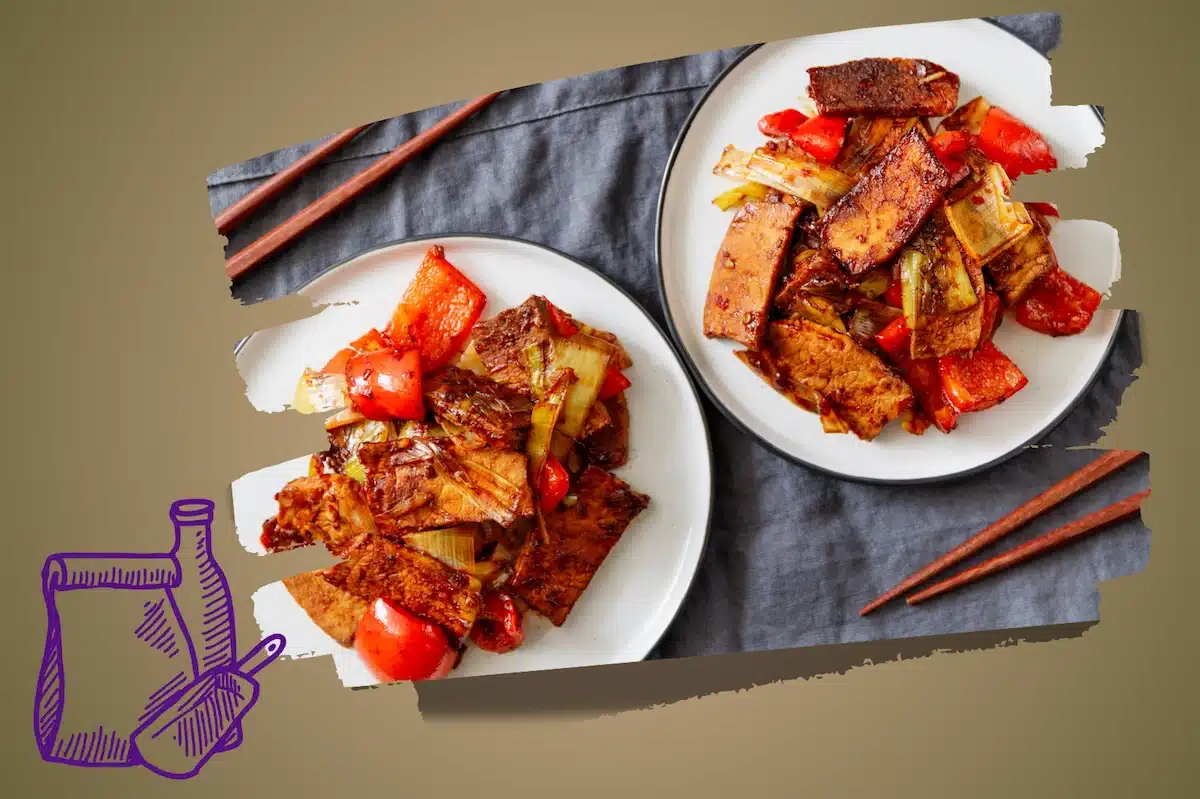
Craving Japanese cuisine but worried about your blood sugar? Don’t fret! You can still enjoy the delicious flavours of Japan while managing your diabetes. Start by embracing chopsticks for portion control and mindful eating. Immerse yourself in superfoods like natto, matcha, and seaweed, packed with nutrients that can help improve insulin sensitivity. Try your hand at sushi-rolling, focusing on veggie-packed options. Remember, Japanese cuisine isn’t just about taste—it’s an art form emphasizing presentation and balance. By incorporating these diabetes-friendly Japanese foods into your diet, you’ll satisfy your taste buds and support your health goals. Ready to begin a flavourful journey?
Japanese food and its cuisine has experienced a global surge in popularity over the past few decades. You’ve probably noticed sushi joints popping up on every corner and ramen shops drawing long lines of enthusiastic foodies.
But it’s not just about trendy eats – there’s a deeper allure to Japanese food that’s enchanting taste buds worldwide. Many people are drawn to the health benefits of Japanese cuisine, particularly its potential to support stable blood sugar levels and heart health.
Cultural influences play a significant role in this culinary craze. The artful presentation and mindful eating practices associated with Japanese cuisine have struck a chord with those seeking a more meaningful relationship with food.
Plus, let’s not forget the health benefits! Japanese food is a nutritional powerhouse, emphasizing fresh ingredients, lean proteins, and balanced flavours.
It’s no wonder health-conscious folks are embracing it with open arms (and mouths). So, whether you’re a sushi lover or a miso soup newbie, there’s never been a better time to explore the delicious world of Japanese cuisine.
The insulin-sensitivity boost many Japanese foods provide is a game-changer for those managing diabetes.
You’ll love how these delicious dishes can help your body use insulin more effectively, potentially reducing insulin resistance. It’s like giving your pancreas a high-five!
But wait, there’s more! The secret weapon in many Japanese foods is dietary fibre.
It’s not just good for keeping you regular; it’s a superhero for blood sugar control.
Imagine your digestive system as a roller coaster – fibre helps smooth out those pesky blood sugar spikes and dips.
Now that you understand the power of Japanese cuisine in managing diabetes let’s explore the nutritional stars of this lineup.
These top 5 Japanese superfoods are your ticket to better health and blood sugar control. First up, we’ve got natto—a fermented soybean dish with an acquired taste but a serious nutritional punch.
Then there’s matcha, the vibrant green tea powder that’ll give you a zen-like energy boost.
Don’t forget about seaweed, nature’s multivitamin from the ocean depths.
Miso, another fermented favourite, brings umami flavour and gut-loving probiotics to the table.
Last but not least, shiitake mushrooms offer immune-boosting benefits that’ll make you feel like a samurai.
These powerhouses aren’t just delicious; they’re your secret weapons in the battle against diabetes.
Sushi-rolling novices, get ready to begin a delicious diabetes-friendly adventure!
You’re about to start a journey that’ll have you rolling like a pro in no time. Let’s plunge into the world of sushi types and rolling techniques that’ll make your taste buds dance while keeping your blood sugar in check.
Picture this:
Now, don’t let the art of sushi-rolling intimidate you. It’s all about practice and finding your rhythm.
Start with simple rolls like cucumber or avocado maki. As you gain confidence, you can experiment with more complex combinations.
Chopsticks, those slender utensils of Eastern cuisine, can be your secret weapon in portion control. Mastering chopstick techniques isn’t just a cool party trick—it’s a gateway to mindful eating. You must slow down and savour each bite as you navigate your sushi platter. It’s like your taste buds are throwing a mini-celebration with every morsel!
But wait, there’s more! Chopsticks naturally limit how much you can grab, unlike that shovel—I mean fork—you’re used to. It’s portion control on autopilot.
Plus, you’ll look oh-so-sophisticated as you delicately pluck each piece. Who knew diabetes management could be this stylish?
Want to control your blood sugar? Green tea has your back! You’ll love its benefits for blood sugar control. It can help lower glucose levels and improve insulin sensitivity, freeing you from constant worry.
You’ve got options to ditch the rice! Try cauliflower rice for a veggie-packed alternative. Shirataki noodles are another game-changer – they’re virtually carb-free. These swaps let you enjoy Japanese flavours without compromising your low-carb lifestyle.
You can enjoy miso soup if you’re diabetic. It’s low in carbs and packed with health benefits. Just watch your portion size and pair it with other low-carb options to keep your blood sugar in check. Embrace the freedom to savour this flavourful dish!
You’ll find Japanese cooking techniques that support stable blood sugar. Embrace fermented foods like natto and kimchi, which boost gut health. Practice portion control with smaller dishes and bowls. These methods empower you to enjoy flavorful meals without restrictions.
As you begin your Japanese culinary adventure, remember that moderation is vital. You’re not just feeding your taste buds but nourishing your body. Like a samurai wielding chopsticks, you’ll master portion control and balance. Embrace the art of mindful eating, savouring each morsel as if it were a rare gem. With these diabetes-friendly Japanese foods in your arsenal, you’re not just managing your health—you’re revolutionizing it. So go ahead, roll that sushi and let your taste buds dance!

Craving Chinese food without the sugar overload? The Lunch Pro has you

are you tired of struggling with dull knives in the kitchen? Imagine

In today’s fast-paced work environment, taking regular lunch breaks is more essential

Relive the nostalgia of Woolworth’s lunch counters! This article takes you on

For those adapting to the increasing teleworking trend, the lunch break takes on a new dimension. Here, the challenge is not about escaping the office environment but enhancing the home setting to create a refreshing break from work.
The Lunch Pro addresses these needs by offering creative ideas for time-efficient and satisfying home meal preparations, ensuring that teleworkers can effectively detach from their work roles, even briefly.